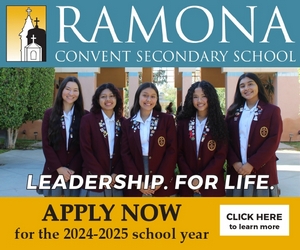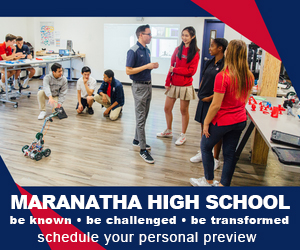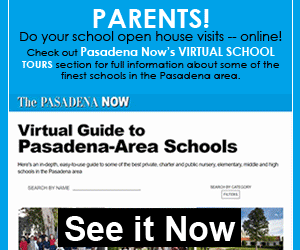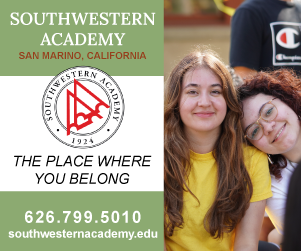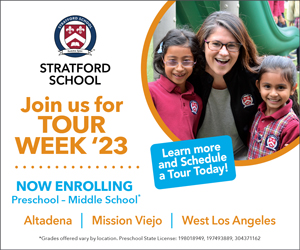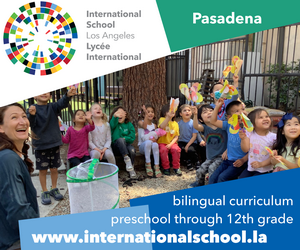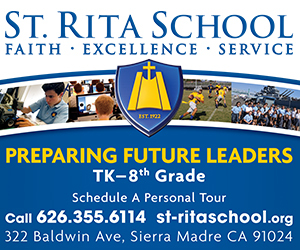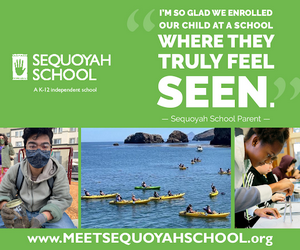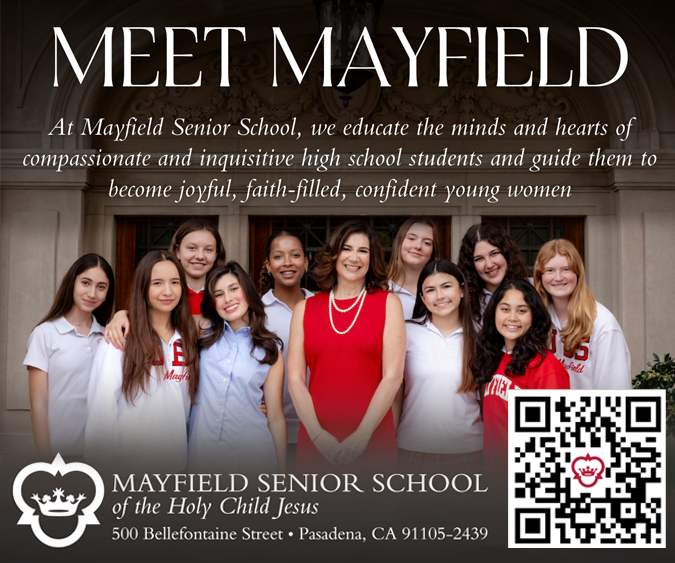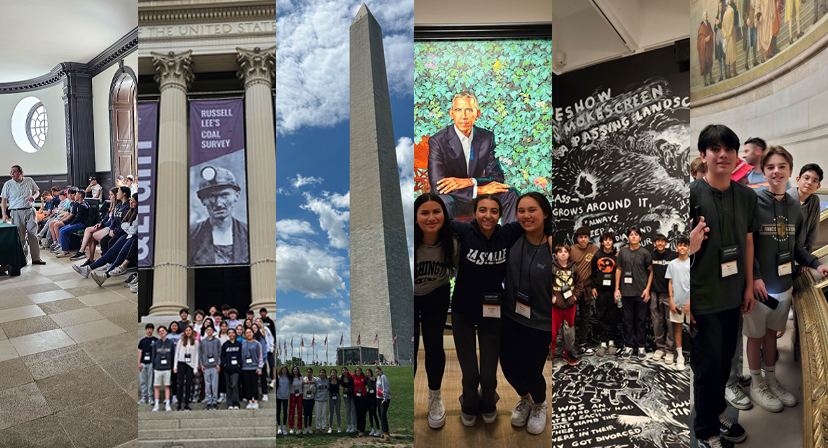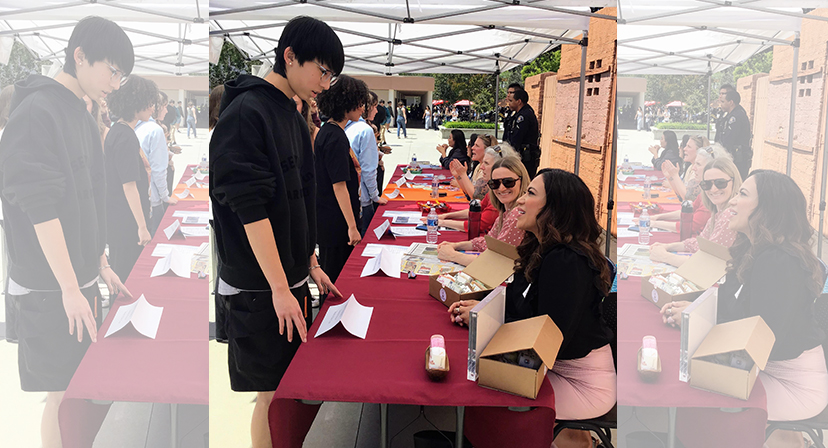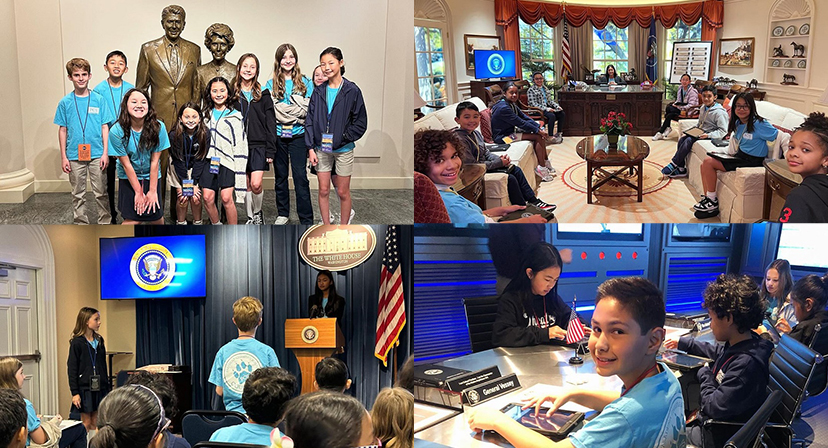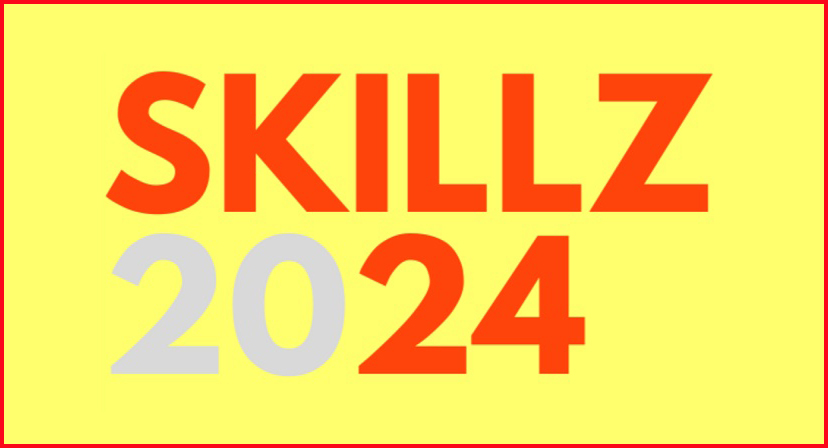Three Questions About Progressive Learning
What does progressive learning really mean? The reality is, there is no single answer because teaching and learning are not characterized as single events or individual things. Instead, let’s looks at the characteristics of a highly effective teaching environment. We spoke with the experts at Sequoyah School to get a better idea of this effective learning strategy.
1. What are the characteristics of a progressive school?
A truly progressive school is fascinated by big, meaningful questions – It’s all about how students think – rather than limiting curriculum to facts and skills, progressive classrooms engage students in meaningful dialog about important open ended questions.
At Sequoyah School, students in U.S History generate questions and facilitate their own mock trial which then reveals a tension between civil liberties and civil rights. This means framing the curriculum around big questions and providing time for students to read, write, discuss and create.
Students are compelled to action by real-world challenges. They work in teams to understand a local issue, meet community members, draft strategies to address the issue and learn practical skills in decision making. A progressive school creates opportunities to give students agency such as, through student government and independent study.
2. How can I tell if I am in a truly progressive school rather than one that just calls itself progressive?
Learning is often motivated by choice and discovery. Students do better work when they have choices about how to investigate and represent complex ideas. In math, rather than just teaching an algebraic equation, students discover the equation through building a physical model.
Deep, complex thinking need not be confined to the dimensions of a paper test, but can be experienced through engaging simulations, such as the trial of Galileo in which students take on specific roles, do research and come prepared to relive a turning point in history
3. How does a progressive education stack up against a traditional school?
Often times rigor is measured by the number of AP classes or tests a student takes, however, this doesn’t necessarily translate to future success.
The real test of rigor is the type of thinking that is expected of students and the independence with which students ask and explore important questions. This means going beyond simple recall of facts and procedures, and asking students to successfully apply and synthesize ideas. Most importantly it prepares young people for a life of inquiry and creativity.
The Sequoyah School is located at 535 South Pasadena Avenue, Pasadena. Call (626) 795 4351 or visit www.sequoyahschool.org for more information.





